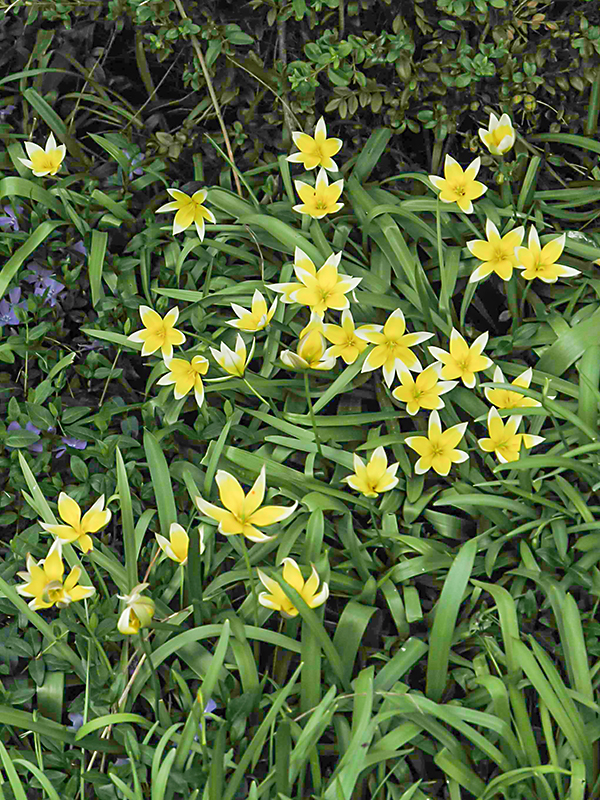| Landscape | Use on banks and slopes, in beds and borders, city gardens, containers, cottage and informal gardens, edging, ground cover, gravel and rock gardens. |
| Propagation | Propagate by division or by seed. Allow pods to dry on plant and break open to collect seeds. |
| Cultivation | Grow in full sun to part shade. Does well in any soil, very persistent. Can live for many years in the same place once established. Plant bulbs 10 - 15 cm deep in late summer or autumn. Protect from strong winds and excessive wet. |
| Pests | Possible problems include: slugs, eelworms (affect the stem and bulb), bulb corm, tuber rot and tulip fire. |
| Habitat | Found on stony and debris ridden slopes. |
| Leaf Description | Light green, linear-lanceolate, sulcate (marked with parallel grooves), 3 - 7 forming a rosette. |
| Flower Description | 3 - 5 cm in diameter, petals white with a yellow base, stellate (having a star-shaped arrangement). Outer segments are green with cream-coloured margins. Stamens are yellow. |

